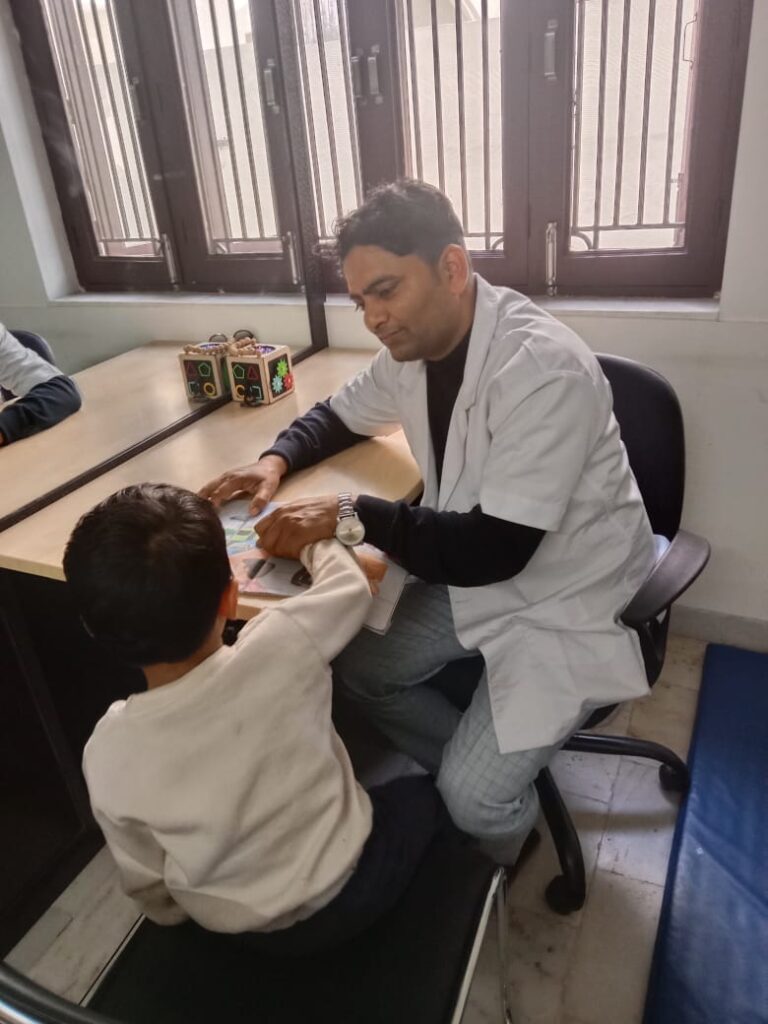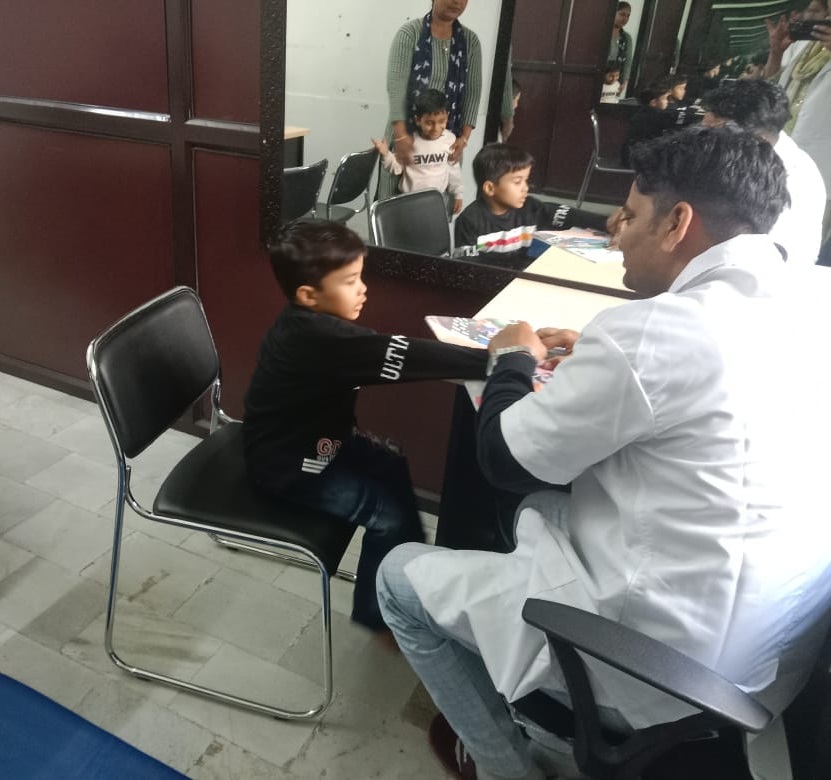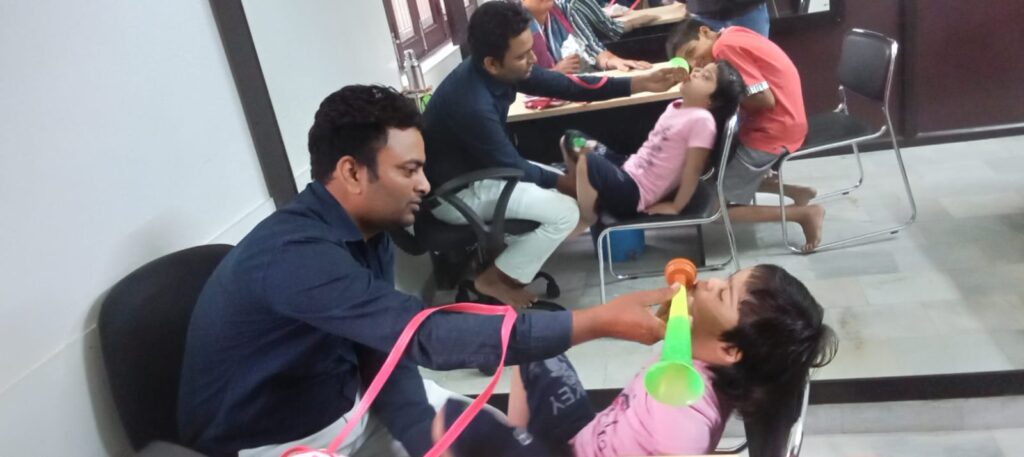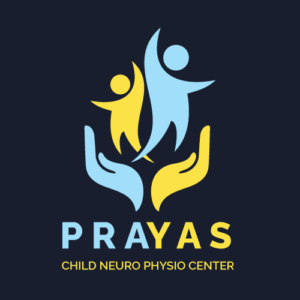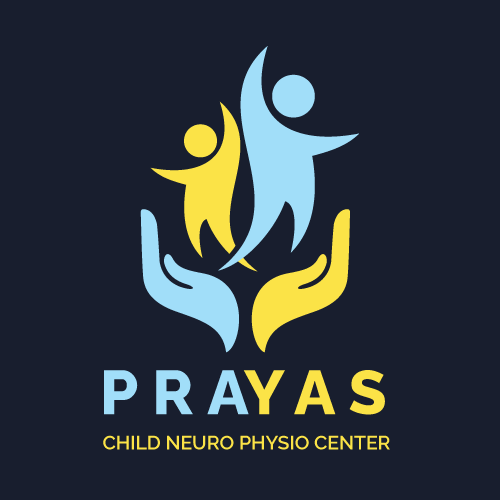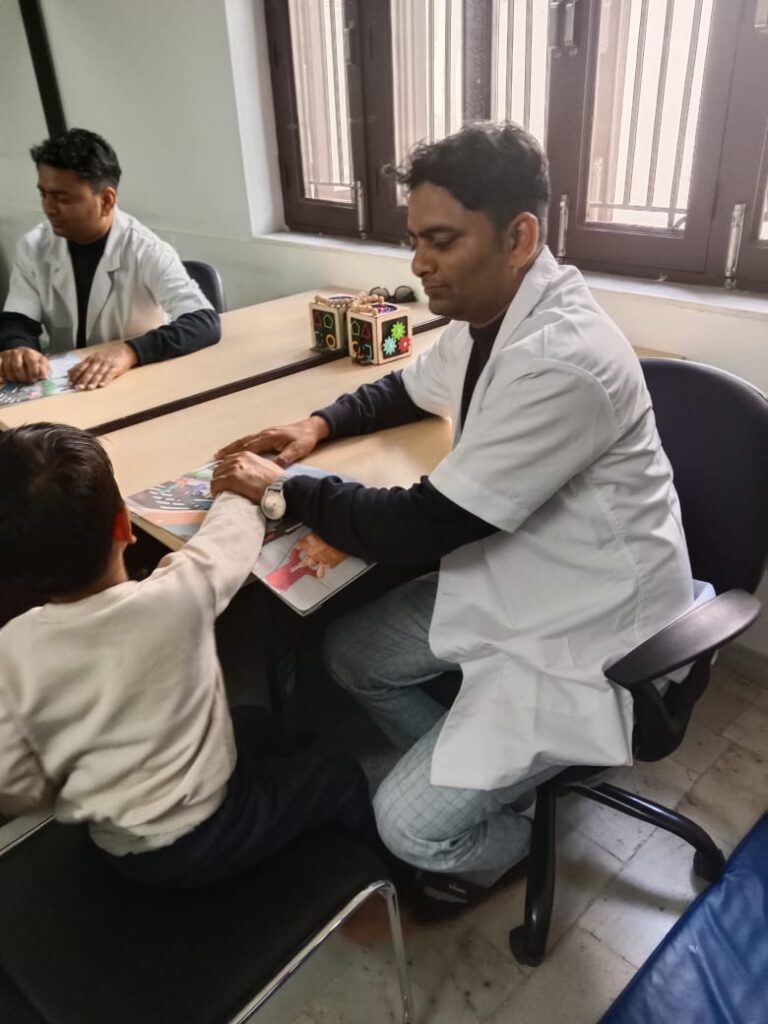
Speech Therapy
Speech therapy, also known as speech-language therapy or speech pathology, is a specialized field aimed at diagnosing and treating communication disorders. These disorders can manifest in various forms, including speech, language, voice, fluency (stuttering), and cognitive-communication difficulties.
Speech therapists, often referred to as speech-language pathologists (SLPs), work with individuals of all ages, from infants to the elderly, who struggle with communication challenges due to various reasons such as developmental delays, neurological conditions, traumatic brain injuries, or congenital disorders.
The primary goal of speech therapy is to improve an individual’s ability to communicate effectively and efficiently in their daily lives.
1.Speech Assessment:Begin with a thorough assessment of the individual’s speech and communication challenges, which may involve articulation, fluency, voice, language, or other aspects.
2.Individualized Goals:Collaboratively set clear and achievable speech and communication goals in consultation with the individual, family, or caregivers.
3.Articulation Therapy:If the individual has difficulty pronouncing sounds or articulating words, engage in exercises to improve speech clarity.
4.Language Therapy:Provide language therapy to enhance vocabulary, grammar, comprehension, and expressive language skills.
5.Fluency Therapy:Address fluency disorders such as stuttering through strategies to improve speech fluency and reduce disfluencies.
6.Voice Therapy:Work with individuals to address voice disorders, including pitch, volume, and quality, using exercises and techniques.
7.Early Intervention:Begin speech therapy as early as possible, especially for children, to address speech and language delays.
8.Augmentative and Alternative Communication (AAC):Introduce and teach the use of AAC systems, including communication devices and sign language, for individuals with severe communication impairments.
9.Cognitive-Communication Therapy:Assist individuals with cognitive-communication difficulties resulting from brain injuries or other conditions by improving problem-solving and cognitive skills.
10.Articulation and Language Activities:Engage in speech and language activities that promote skill development in an interactive and engaging manner.
11.Home Exercises:Provide exercises and activities for individuals and their families to practice speech therapy techniques at home.
12.Regular Progress Monitoring:Continuously assess progress and make necessary adjustments to the therapy plan to meet changing needs and goals.
13.Parent and Caregiver Involvement:Involve parents and caregivers in therapy sessions and provide guidance on how to support speech development and practice outside of therapy.
Speech therapy can be beneficial for individuals of all ages who experience speech or communication challenges, such as children with speech delays, individuals with speech disorders, and those recovering from conditions like stroke or traumatic brain injury. The goal of speech therapy is to enhance communication skills and overall quality of life.
Speech therapists, often referred to as speech-language pathologists (SLPs), work with individuals of all ages, from infants to the elderly, who struggle with communication challenges due to various reasons such as developmental delays, neurological conditions, traumatic brain injuries, or congenital disorders.
The primary goal of speech therapy is to improve an individual’s ability to communicate effectively and efficiently in their daily lives.
Speech Assessment:
- Begin with a thorough assessment of the individual’s speech and communication challenges, which may involve articulation, fluency, voice, language, or other aspects.
Individualized Goals:
- Collaboratively set clear and achievable speech and communication goals in consultation with the individual, family, or caregivers.
Articulation Therapy:
- If the individual has difficulty pronouncing sounds or articulating words, engage in exercises to improve speech clarity.
Language Therapy:
- Provide language therapy to enhance vocabulary, grammar, comprehension, and expressive language skills.
Fluency Therapy:
- Address fluency disorders such as stuttering through strategies to improve speech fluency and reduce disfluencies.
Voice Therapy:
- Work with individuals to address voice disorders, including pitch, volume, and quality, using exercises and techniques.
Early Intervention:
- Begin speech therapy as early as possible, especially for children, to address speech and language delays.
Augmentative and Alternative Communication (AAC):
- Introduce and teach the use of AAC systems, including communication devices and sign language, for individuals with severe communication impairments.
Cognitive-Communication Therapy:
- Assist individuals with cognitive-communication difficulties resulting from brain injuries or other conditions by improving problem-solving and cognitive skills.
Articulation and Language Activities:
- Engage in speech and language activities that promote skill development in an interactive and engaging manner.
Home Exercises:
- Provide exercises and activities for individuals and their families to practice speech therapy techniques at home.
Regular Progress Monitoring:
- Continuously assess progress and make necessary adjustments to the therapy plan to meet changing needs and goals.
Parent and Caregiver Involvement:
- Involve parents and caregivers in therapy sessions and provide guidance on how to support speech development and practice outside of therapy.
Speech therapy can be beneficial for individuals of all ages who experience speech or communication challenges, such as children with speech delays, individuals with speech disorders, and those recovering from conditions like stroke or traumatic brain injury. The goal of speech therapy is to enhance communication skills and overall quality of life.
